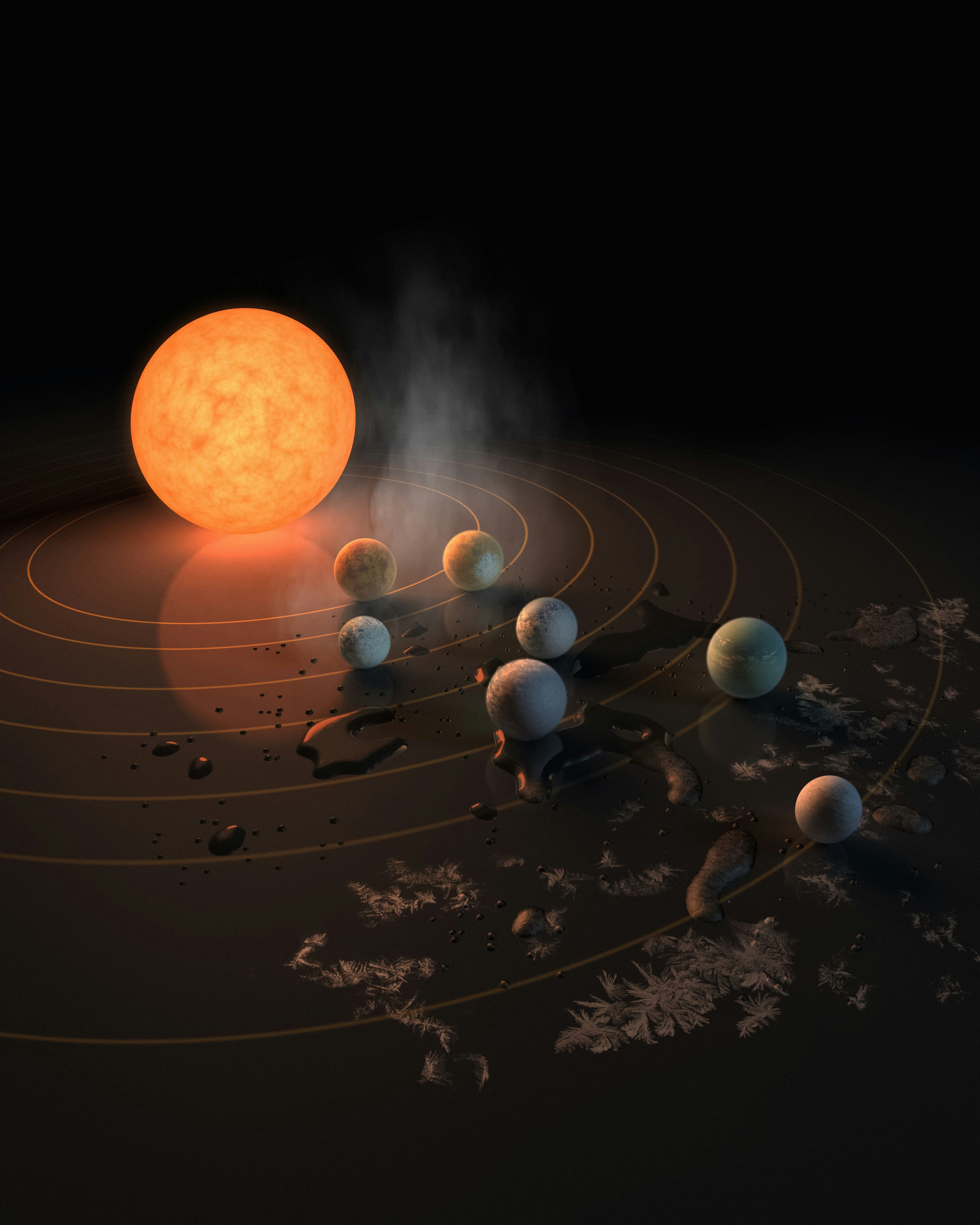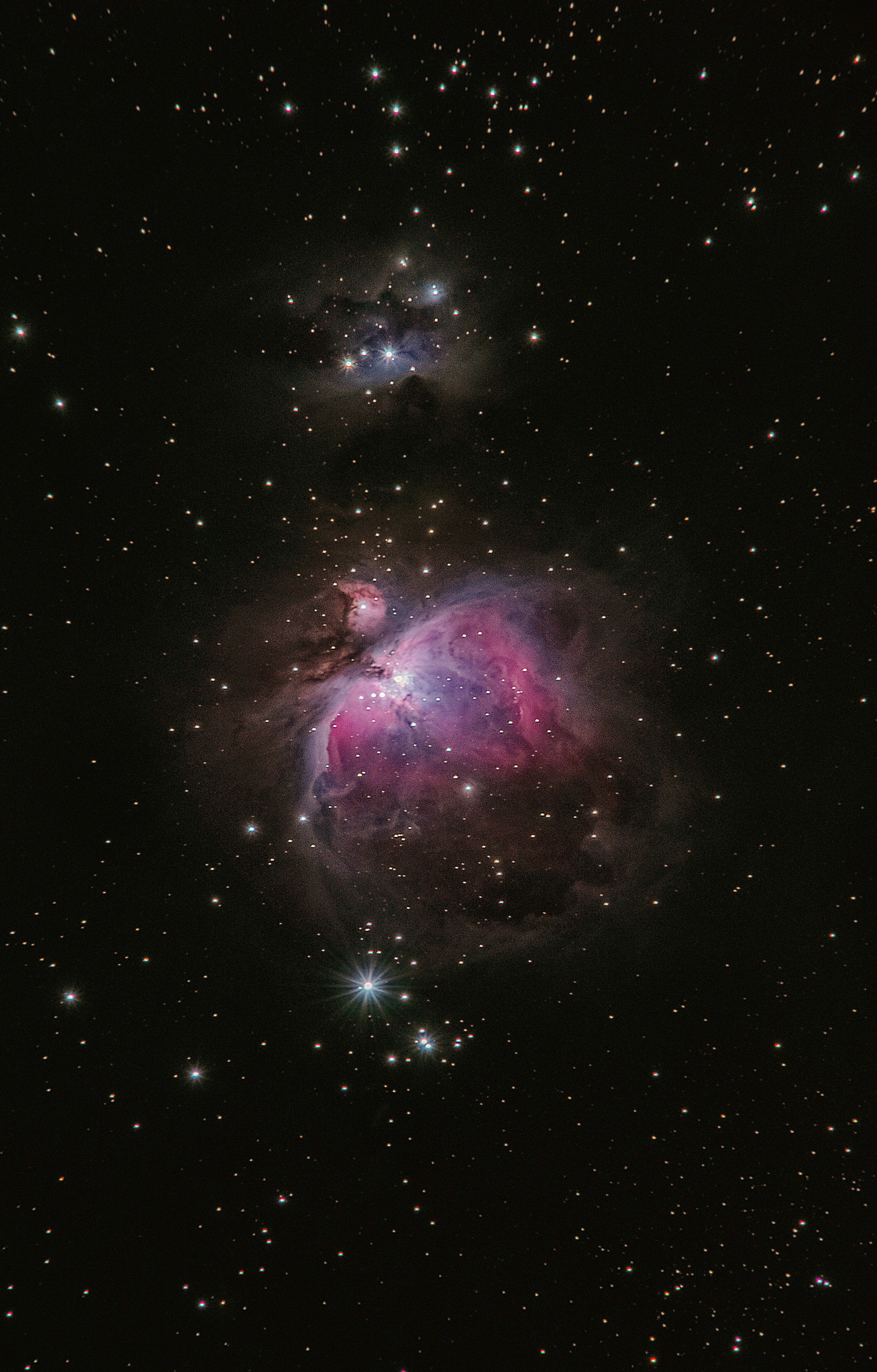Mystery of Cosmic Voids: Have you ever wondered what exists in the vast expanses between celestial bodies, where not even a single star or galaxy seems to reside? The universe, as we know it, is mostly a bustling space teeming with galaxies, stars, and planets. Yet, scientists have long been puzzled by cosmic voids—enigmatic regions of seemingly empty space stretching millions of light years, bereft of typical cosmic structures. These voids pose one of the most intriguing questions in cosmology today.
Table of Contents
Understanding Cosmic Voids
What Are Cosmic Voids?
Cosmic voids are immense empty zones in the cosmos that lack the galaxies and matter found in vast interconnected superstructures known as the cosmic web. These voids can span millions of light years, dwarfing even the largest galaxies. Despite appearing empty, cosmic voids are not entirely devoid of matter, but rather contain a sparse population of galaxies and intergalactic gas.
The Role of Cosmic Voids in the Universe
Surprisingly, cosmic voids play a significant role in the universe’s large-scale structure. The “cosmic web,” a term used to describe the distribution of galaxies and matter, comprises filaments, clusters, and voids. These voids are essential in understanding the universe’s expansion and the influence of dark energy—a mysterious force propelling the galaxies apart.
Historical Context and Discovery
The Early Identification of Cosmic Voids
The notion of voids in the universe wasn’t seriously considered until the 20th century. The advent of large sky surveys in the late 1970s and 1980s, such as the pioneering work by Stephen Gregory and Laird Thompson, revealed the first cosmic voids. This discovery was initially perplexing to astronomers, who expected a more uniform universe.
Cosmic Void Research Evolution
As observational technology improved, so did efforts to map these vast empty regions. The Sloan Digital Sky Survey (SDSS), among others, has been pivotal in cataloging hundreds of voids, providing insights into their size, distribution, and composition. Today, cosmic void research is a vibrant field of cosmology, offering clues about the universe’s evolution and dynamics.

Key Concepts Related to Cosmic Voids
Dark Matter and Cosmic Voids
While visible matter is scarce in cosmic voids, dark matter—an invisible substance that makes up about 27% of the universe—may play a crucial role. Efforts to understand voids focus on how dark matter influences their formation and the subtle gravitational effects it imparts on surrounding structures.
Dark Energy’s Influence
Dark energy, which comprises about 68% of the universe, is attributed to cosmic voids’ low-density environments. These regions expand faster than denser areas, providing a unique laboratory for studying dark energy’s effects, questioning our understanding of this enigmatic force.
The Theoretical Framework
The Dynamics of Void Expansion
Understanding how cosmic voids expand involves recognizing the interplay between gravitational attraction and dark energy. Voids contribute to the universe’s expansion by making space appear flat and homogeneous on the largest scales, influencing general relativity and cosmological models.
Models and Simulations
Modern cosmologists use simulations to replicate the formation and growth of cosmic voids. These simulations, conducted on supercomputers, employ the laws of physics, considering gravitational forces, dark matter dynamics, and baryonic matter distribution to mimic the evolution of cosmic structures over billions of years.
Observational Techniques
Sky Surveys and Mapping Techniques
The most comprehensive knowledge about cosmic voids comes from sky surveys. Instruments like SDSS and the DESI (Dark Energy Spectroscopic Instrument) project help astronomers measure galaxy redshifts and positions, mapping void boundaries with precision.
The Role of Gravitational Lensing
Gravitational lensing—a phenomenon where light from distant galaxies bends due to gravitational fields—offers another method of studying voids. By analyzing subtle distortions in galactic light, astronomers can infer void properties, offering insights into their mass and the dark matter distribution.
The Importance of Visuals
Enhanced Comprehension through Imagery
Though images of cosmic voids may seem devoid of structures, visual aids enhance comprehension. Graphics depicting the cosmic web, void formation simulations, and gravitational lensing effects offer intuitive interpretations for readers and researchers alike.
Videos and Multimedia Integration
High-quality videos and infographics further elucidate complex concepts. For example, animations showing void expansion or the influence of dark energy on these regions provide an engaging way to grasp these challenging topics.

Case Studies and Real-World Comparisons
The Boötes Void
One of the most famous cosmic voids is the Boötes Void, an immense region over 300 million light years in diameter. Its discovery challenged previous notions of cosmic uniformity, sparking debates about void formation and evolution within the scientific community.
Void Galaxies: A Strange Inhabitance
Despite their sparseness, some galaxies reside within voids, defying expectations. These void galaxies often possess unique features, such as low metallicity and unusual morphologies, providing a fascinating comparison to their more densely packed counterparts.
Future Research Directions
Upcoming Instruments and Missions
The future of cosmic void research is promising, with instruments like the Euclid Space Telescope and the Wide Field Infrared Survey Telescope (WFIRST) poised to deliver unprecedented data. These instruments aim to elucidate the nature of dark energy and void dynamics by observing the universe’s most desolate regions.
Challenges and Opportunities
While cosmic voids promise insights into fundamental cosmological questions, challenges remain. The faintness of void galaxies and the complexity of dark matter and dark energy interactions require continued innovation in observational techniques and theoretical frameworks.

Conclusion
Cosmic voids, despite their emptiness, are anything but insignificant. As one of the universe’s most perplexing phenomena, these enigmatic regions captivate scientists eager to unravel their mysteries. Through observational advancements, theoretical models, and interdisciplinary research, the study of cosmic voids not only illuminates the dark heart of the cosmos but also enhances our understanding of the universe’s grand architecture by revealing the elusive secrets of empty space.
How Cosmic Rays From Space Could Reveal the Secrets of the Pyramids



